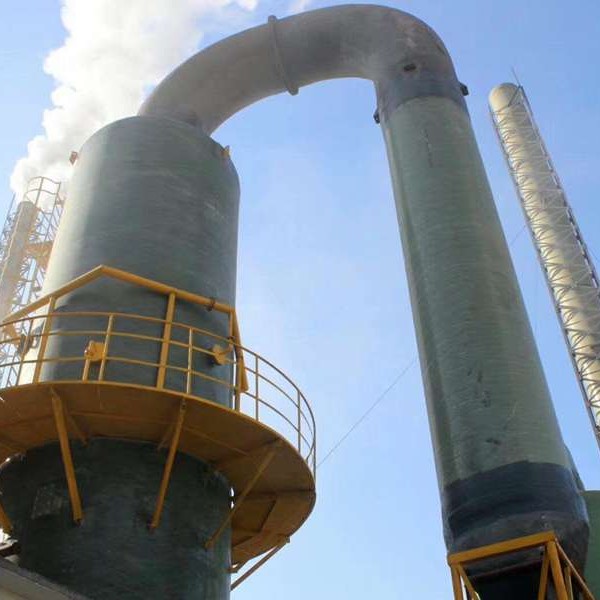
-
 Afrikaans
Afrikaans -
 Albanian
Albanian -
 Amharic
Amharic -
 Arabic
Arabic -
 Armenian
Armenian -
 Azerbaijani
Azerbaijani -
 Basque
Basque -
 Belarusian
Belarusian -
 Bengali
Bengali -
 Bosnian
Bosnian -
 Bulgarian
Bulgarian -
 Catalan
Catalan -
 Cebuano
Cebuano -
 China
China -
 China (Taiwan)
China (Taiwan) -
 Corsican
Corsican -
 Croatian
Croatian -
 Czech
Czech -
 Danish
Danish -
 Dutch
Dutch -
 English
English -
 Esperanto
Esperanto -
 Estonian
Estonian -
 Finnish
Finnish -
 French
French -
 Frisian
Frisian -
 Galician
Galician -
 Georgian
Georgian -
 German
German -
 Greek
Greek -
 Gujarati
Gujarati -
 Haitian Creole
Haitian Creole -
 hausa
hausa -
 hawaiian
hawaiian -
 Hebrew
Hebrew -
 Hindi
Hindi -
 Miao
Miao -
 Hungarian
Hungarian -
 Icelandic
Icelandic -
 igbo
igbo -
 Indonesian
Indonesian -
 irish
irish -
 Italian
Italian -
 Japanese
Japanese -
 Javanese
Javanese -
 Kannada
Kannada -
 kazakh
kazakh -
 Khmer
Khmer -
 Rwandese
Rwandese -
 Korean
Korean -
 Kurdish
Kurdish -
 Kyrgyz
Kyrgyz -
 Lao
Lao -
 Latin
Latin -
 Latvian
Latvian -
 Lithuanian
Lithuanian -
 Luxembourgish
Luxembourgish -
 Macedonian
Macedonian -
 Malgashi
Malgashi -
 Malay
Malay -
 Malayalam
Malayalam -
 Maltese
Maltese -
 Maori
Maori -
 Marathi
Marathi -
 Mongolian
Mongolian -
 Myanmar
Myanmar -
 Nepali
Nepali -
 Norwegian
Norwegian -
 Norwegian
Norwegian -
 Occitan
Occitan -
 Pashto
Pashto -
 Persian
Persian -
 Polish
Polish -
 Portuguese
Portuguese -
 Punjabi
Punjabi -
 Romanian
Romanian -
 Russian
Russian -
 Samoan
Samoan -
 Scottish Gaelic
Scottish Gaelic -
 Serbian
Serbian -
 Sesotho
Sesotho -
 Shona
Shona -
 Sindhi
Sindhi -
 Sinhala
Sinhala -
 Slovak
Slovak -
 Slovenian
Slovenian -
 Somali
Somali -
 Spanish
Spanish -
 Sundanese
Sundanese -
 Swahili
Swahili -
 Swedish
Swedish -
 Tagalog
Tagalog -
 Tajik
Tajik -
 Tamil
Tamil -
 Tatar
Tatar -
 Telugu
Telugu -
 Thai
Thai -
 Turkish
Turkish -
 Turkmen
Turkmen -
 Ukrainian
Ukrainian -
 Urdu
Urdu -
 Uighur
Uighur -
 Uzbek
Uzbek -
 Vietnamese
Vietnamese -
 Welsh
Welsh -
 Bantu
Bantu -
 Yiddish
Yiddish -
 Yoruba
Yoruba -
 Zulu
Zulu
frp vessel
Exploring the Advancements and Benefits of FRP Vessels
Fiber Reinforced Polymer (FRP) vessels have gained significant attention in various industries due to their remarkable properties and benefits. These composite materials are utilized for creating a range of vessels, including storage tanks, pipes, and pressure vessels. The unique characteristics of FRP make them an increasingly popular choice over traditional materials like steel, concrete, and aluminum.
One of the standout features of FRP vessels is their exceptional strength-to-weight ratio. Composed of a polymer matrix reinforced with fibers, typically glass or carbon, FRP materials are lightweight yet incredibly strong. This characteristic allows for easier installation and transportation, reducing overall project costs. Industries involved in aviation, maritime, and heavy equipment manufacturing have leveraged this advantage, creating structures that are not only lighter but also more efficient.
Exploring the Advancements and Benefits of FRP Vessels
Thermal insulation properties of FRP vessels are noteworthy as well. The polymer matrix offers excellent thermal insulation, reducing energy costs in various applications, especially in the storage of temperature-sensitive materials. This is particularly beneficial in industries such as food and beverage, pharmaceuticals, and chemicals, where maintaining specific temperatures is crucial. By minimizing heat transfer, FRP vessels contribute to more efficient processes and reduced energy consumption.
frp vessel

Additionally, the design flexibility of FRP allows for customized solutions tailored to specific needs. Manufacturers can mold FRP into complex shapes that might be difficult or costly to achieve with traditional materials. This versatility enables industries to optimize designs for functionality and aesthetics alike, enhancing not just performance but also the visual appeal of structures.
Safety is an essential aspect of any industrial operation, and FRP vessels excel in this area as well. The non-conductive nature of FRP materials reduces the risk of electrical hazards, making them suitable for industries that work with flammable or explosive materials. Furthermore, if a FRP vessel does break or rupture, it tends to do so in a predictable manner, minimizing the risk of catastrophic failures.
Cost-effectiveness is a driving force behind the adoption of FRP vessels in various sectors. Although the initial investment may be higher than traditional materials, the long-term savings from reduced maintenance, lower energy costs, and longer lifespan contribute to significant overall cost savings. Companies looking to optimize their operations often find that the benefits of using FRP outweigh the initial costs.
In conclusion, the advancements in FRP vessel technology provide a multitude of benefits that cater to the evolving needs of various industries. Their lightweight yet strong properties, corrosion resistance, thermal insulation, design flexibility, safety features, and overall cost-effectiveness make them an attractive option for modern applications. As industries continue to strive for efficiency and sustainability, the role of FRP vessels is likely to expand, reinforcing their significance in engineering and manufacturing practices. The future will likely see further advancements in FRP technologies, increasing their capabilities and applications across more sectors, ultimately reshaping how vessels are utilized in various industrial processes.
Latest news
-
High-Quality Fiberglass Car Bodies Durable GRP Car & Boat Body SolutionsNewsJul.08,2025
-
High-Quality Fiberglass Dual Lamination Product Manufacturer Durable FRP & GRP Dual Lamination SolutionsNewsJul.08,2025
-
Rectangular Tank with Dimensions for GRP Calculation Custom Fiberglass GRP Rectangular TanksNewsJul.07,2025
-
High-Quality Fiberglass Weir Custom FRP Weir & Fiberglass Tanks ManufacturerNewsJul.07,2025
-
CPVC FRP Pipe A Reliable Choice for Industrial Applications High Strength & Corrosion ResistanceNewsJul.07,2025
-
Fiberglass Scrubber for Effective Cleaning and Stain Removal – Superior Performance in Various ApplicationsNewsJul.06,2025









